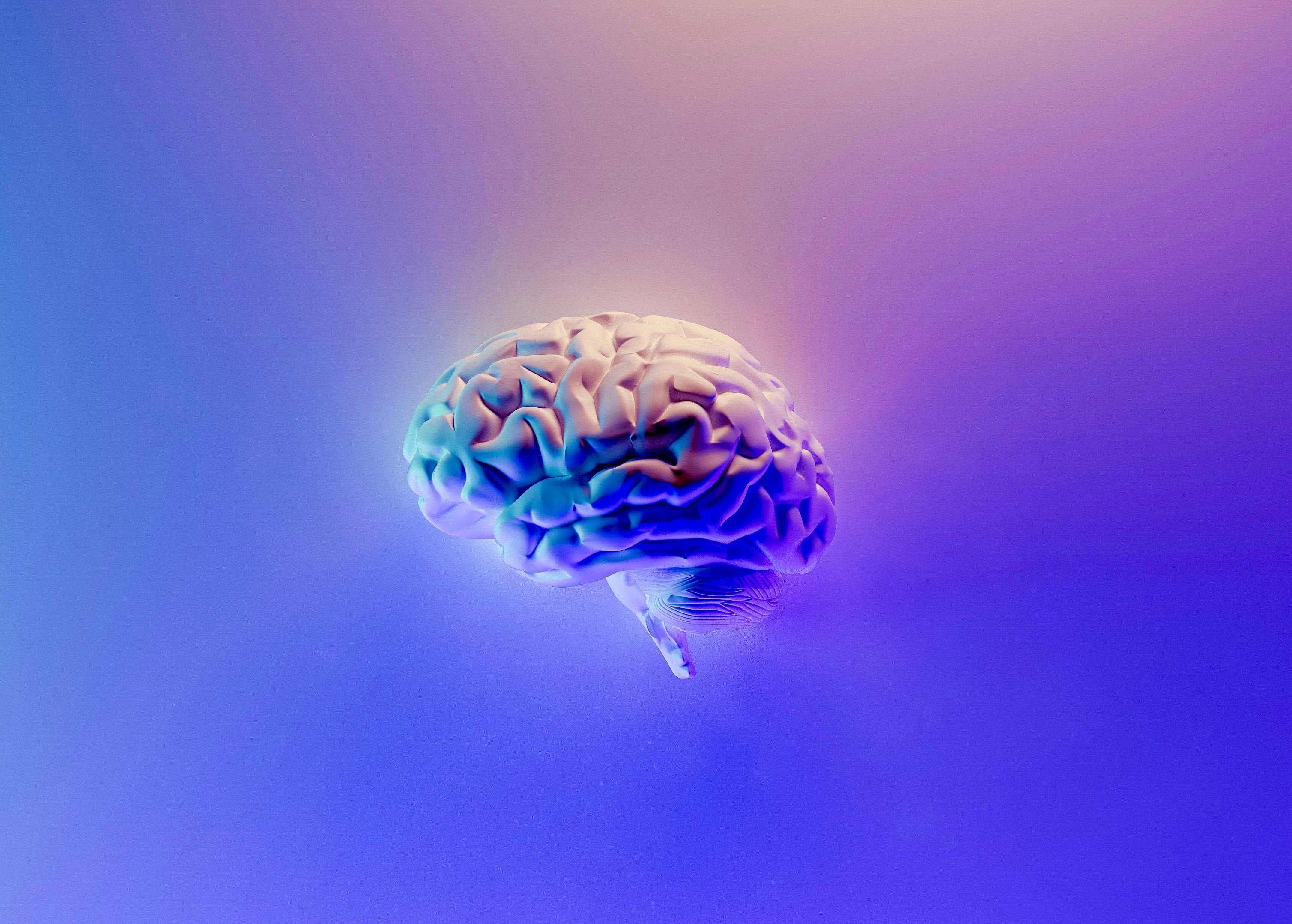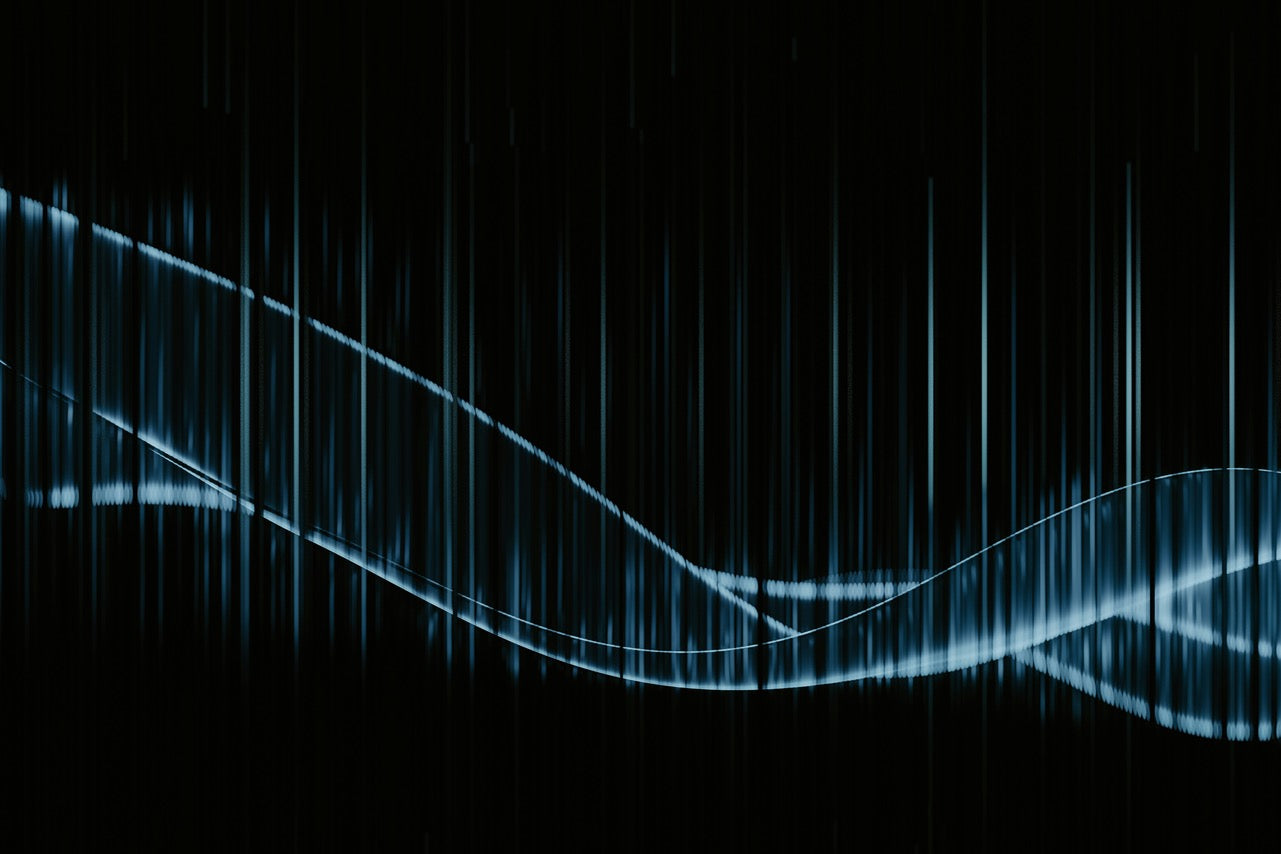
Unlocking the Power of Light, Sound, and the Brain
Your Brain, Ever-Adapting.
Engage. Enrich. Enjoy.
Neuroplasticity is your brain’s natural ability to change and adapt by forming new connections. Think of it as your brain’s way of learning and evolving.
When exposed to the right stimuli—like Craft light and sound—the brain engages with these inputs, creating new neural pathways that can improve focus, relaxation, or creativity.
-

Chemical and Anatomical Plasticity of Brain
Changes in brain through experience, demanded by learning theories, are found in experiments with rats by Edward L. Bennett, Marian C. Diamond, David Krech, and Mark R. Rosenzweig (1964). This pioneering study demonstrated that environmental enrichment leads to anatomical changes in the rat cerebral cortex, providing early evidence of experience-dependent neuroplasticity.
-

Temporal processing deficits of language-learning
Temporal processing deficits of language-learning impaired children ameliorated by training by Michael M. Merzenich, William M. Jenkins, Paul Johnston, Christophe Schreiner, Stephen L. Miller, and Paula Tallal (1996). This research showed that specific training could improve temporal processing in children with language-learning impairments, highlighting the potential for targeted interventions to induce neuroplastic changes.
-

Experience-driven brain plasticity
Beyond the synapse by Julie A. Markham and William T. Greenough (2005). This review discusses how experiences can lead to structural changes in neurons, glia, and blood vessels, emphasizing the multifaceted nature of neuroplasticity beyond just synaptic modifications.
The Science of Light in Motion
Stroboscopic light is more than just flickering—it’s carefully calibrated patterns designed to sync with your brain’s natural rhythms. This can enhance relaxation, promote focus, or even elevate your mood.
Our lights are set at safe, non-invasive frequencies to ensure an enjoyable and engaging experience.
-

Neural Dynamics of Stroboscopic Stimulation
Neural Dynamics of Stroboscopic Stimulation at Different Stimulation Frequencies by Rasa Gulbinaite et al. (2021). This study investigates how various frequencies of stroboscopic light affect neural dynamics, including signal diversity and spectral power, and examines the relationship between these neural changes and self-reported experiential content.
-

Effect of Frequency and Rhythmicity
Effect of Frequency and Rhythmicity on Flicker Light-Induced Hallucinatory Phenomena by Loanna Alicia Amaya et al. (2023). This research explores how different frequencies and rhythmic patterns of flickering light influence the intensity and nature of visual hallucinations, providing insights into the neural mechanisms underlying these experiences.
-

Altered States Phenomena
Altered States Phenomena Induced by Visual Flicker Light Stimulation by Marie Therese Bartossek et al. (2021). This study examines the subjective experiences induced by stroboscopic light at specific frequencies, assessing alterations in consciousness and the vividness of visual hallucinations, and discusses the potential therapeutic applications of such stimulation.

Why Multisensory Engagement Matters
Your brain thrives on rich, multisensory experiences—those that combine sight, sound, and even touch. By stimulating multiple senses, we can create deeper engagement and amplify the effects of light and sound. Think of it as a symphony for your brain, compared to a solo performance.

The Rhythm of Well-Being
Our technology uses specific light and sound frequencies and vibrations designed to complement your brain’s natural rhythms. These frequencies can help you feel more focused, relaxed, or energized, depending on the setting.
Every frequency is chosen with care, backed by studies on how sound and vibration impact the brain.

Ready to Explore The Possibilities
Whether you’re looking to relax, focus, or simply experience something new, our technology is designed for you.






